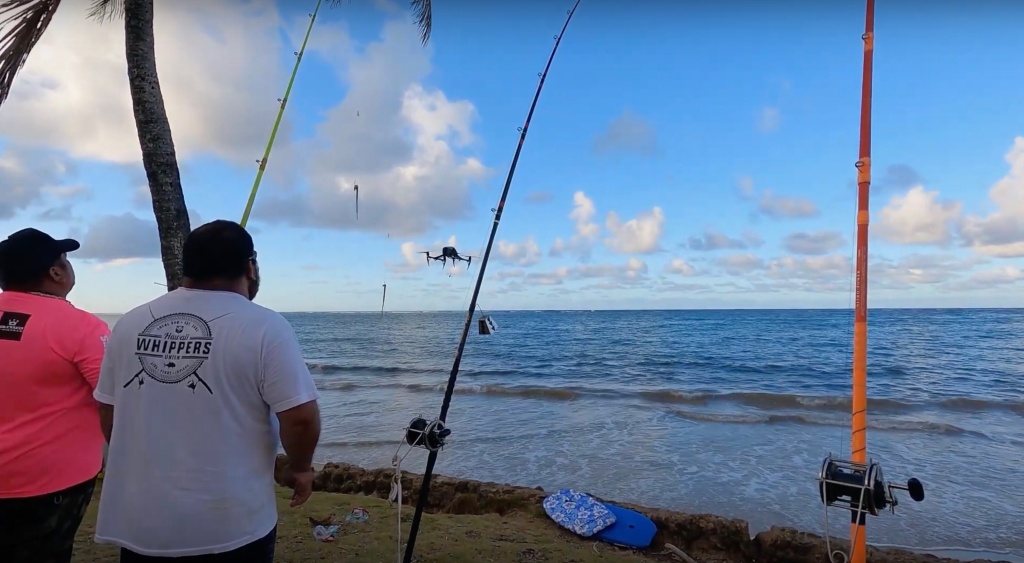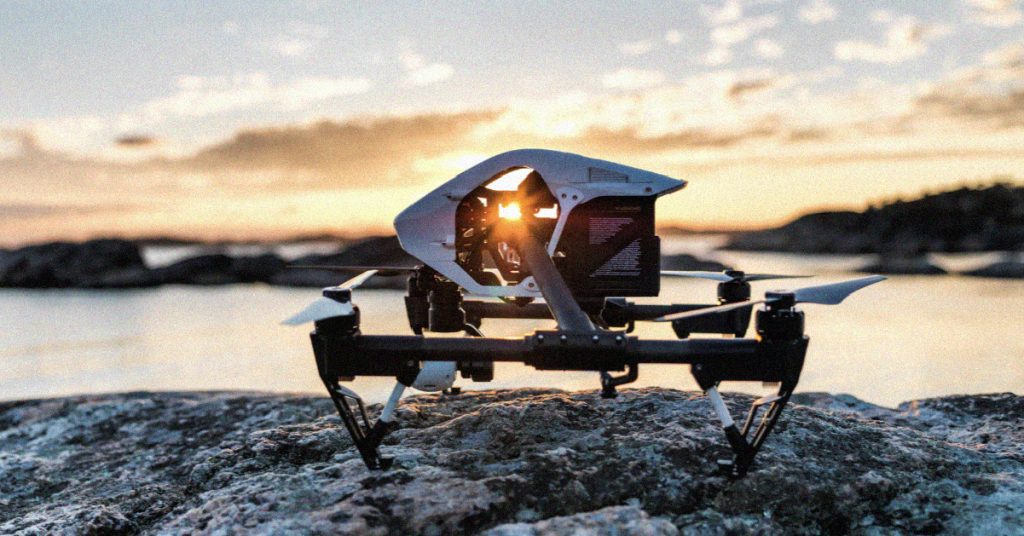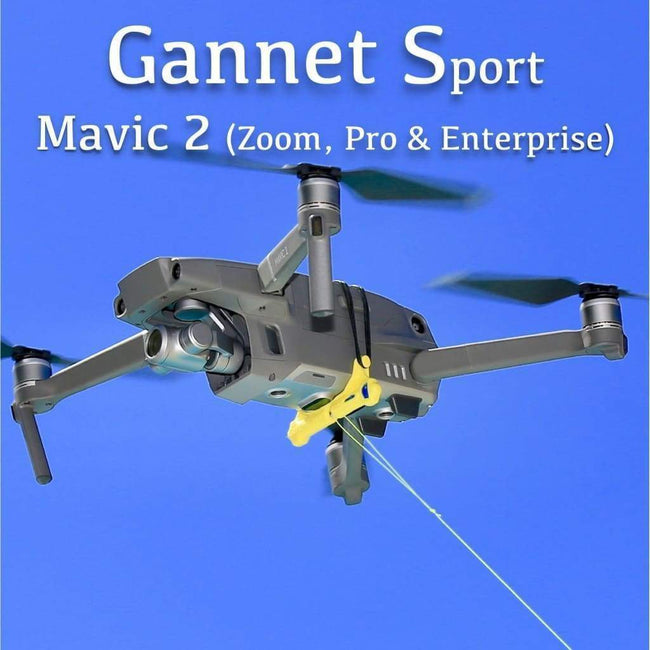
You should learn about regulations if you are considering using a drone to fish. You can also view instructional videos on how you can fly a drone to catch a fish. You can also read our article about drone ethics. Here, we'll go over a few of the ethical concerns that surround the use of drones for fishing. You can also check out our drone fishing gear guides.
Regulations on drone fishing
A drone fishing video for tuna may make you wonder about the regulations. Although there are many reasons for following local laws, safety remains the primary concern. In order to safeguard both you and your fish's lives, it is crucial to ensure that the right laws are followed. In this article we will cover some of the most important rules and make sure you follow them. Remember to adhere to the International Game Fish Association's rules.
Drones cannot fly over public areas such as sporting events or stadiums. They are not allowed to carry weapons or operate within half a mile from sporting events. Drone operators must always be able to see their aerial equipment. In addition, drones cannot fly over people, stadiums, or critical infrastructure, as well as be a distraction to emergency response vehicles. If you have any questions about how a drone can be used to fish, please consult your local law enforcement agency.

While most states have passed drone laws, there are still some states that have not. For example, Illinois has recently enacted SB 2167. The bill prohibits the use of drones in state parks without permission. It also outlines privacy rights and the rules that must be followed by commercial and recreational drone operators. It also prohibits drones from interfering or harassing hunters or other wildlife. These new laws are expected be finalized within a few years.
Ethical concerns about drone fishing
Drone fishing isn't without controversy. Companies sell underwater drones that can fish for fish. The drones' video content often shows the actual fishing process. This is similar to casting your line to catch a fish. However, the method of pulling a fish out of the water is somewhat different. People who are concerned about the ethics of this type fishing may prefer to find entertainment elsewhere.
Although drones are a great way to fish, some argue that they could be cheating the fishermen. Fishing has not changed much over the centuries, but using drones to catch fish might change that and decrease the thrill of the chase. Drones can also pose a threat to conservation. Here are some ethical concerns to consider before using a drone in fishing.

First, drone fishing is not the best option. It can damage the environment, and overfish endangered species. While some states permit drones for recreational fishing, others prohibit it. Drone fishing is not without its limitations. The drones you buy might not be as capable of controlling the range, GPS functionality, lifting power, or control range that you need. Second, drone fishing can lead to loss of fish if line tangles occur. Piloting is also a problem.
FAQ
With a drone, can someone spy on me?
A drone can be used to spy on anyone. You can protect yourself against drones by being aware of them and avoiding areas where they might fly. Call 911 immediately if you spot a drone flying about.
Is Drone Use Banned in Your Country?
The FAA has prohibited drones from flying close to airports or stadiums, sporting events and nuclear power plants. They are allowed to fly at night by using GPS technology.
Is it against the law to fly a helicopter?
Yes, flying drones in certain countries is illegal, such as Australia and Canada, Germany, Japan. New Zealand. Singapore. South Korea. It is legal to fly drones in other countries like France.
What is the law regarding drones flying over private property
The FAA has recently issued new rules for commercial drone flights. These rules only apply to UAVs less than 55 lbs and lower than 400 feet above the ground. Commercial operators must register with the FAA and obtain a license from the agency. They must also obtain permission from local authorities if they plan to operate in restricted areas, such as airports.
What is the best drone to buy for beginners?
The DJI Phantom 2 Vision+ is a popular beginner drone. The 4K camera on this model allows you to take stunning aerial photos and videos. This drone can be navigated using the built-in GPS.
Statistics
- Research and Markets predict a growth rate of 51.1% over the next five years. (thedroneu.com)
- According to industry research from ZipRecruiter , there are 10 cities where the typical salary for a Drone Pilot job is above the national average. (dronesgator.com)
- According to ZipRecruiter, the minimum hourly wage of drone pilots is $20. (thedroneu.com)
External Links
How To
How to Fly Drones with Beginners
A drone refers to a remote-controlled aircraft designed for aerial photography, surveillance and scientific research. Drones have been in use since World War II. However, commercial use began in 2010 when DJI released their Phantom series of quadcopters. From beginner-friendly drones such as Parrot AR Drone 2.0 through professional-grade multirotor craft like DJI Mavic Pro, many types have been available.
You can fly a drone in many different ways, including:
-
Remote control – This is when you attach a device to your hand that allows you to control the drone's flight path. There are two main types: Joysticks (like a radio), and On/Off switches (like an alarm clock).
-
Manual Control - This method uses a smartphone app to remotely control the drone using GPS coordinates. Follow the instructions of the app to track the exact location you want the drone go.
-
Autonomous Flight – This is when the drone handles all the piloting tasks. The drone is able to fly autonomously, without the need for human intervention. For the autonomous flight to occur, the drone must have a built-in camera and sensors capable of capturing images and data.
-
Triggered Flight – This method is very similar to manual flight. The pilot creates a route that the drone will follow until it reaches the destination. After the preprogrammed route is complete, the drone will automatically land and return to its base.
-
Landing Gear - Some drones come equipped with landing gear that allows them to land safely if they lose power or run out of battery during flight.
-
Goggles – Pilots often wear goggles while flying to keep themselves safe from any debris.
-
Camera - Some drones can be equipped with cameras which enable you to capture photos from the sky.
-
Obstacles – Some drones have obstacle avoidance systems that stop them from colliding with obstacles.
-
Speed - Some drones can travel at speeds over 40 mph.
-
Battery Life – Most drones will last 20 minutes to three hours depending on how powerful they are.
-
Range - Depending on the model, some drones can travel up to 30 miles away.
-
Power source – Some drones require external power sources, others require internal batteries.
-
Weight - Some drones weigh less than 1 pound, whereas other models weigh up to 4 pounds.
-
Size - The size of drones varies from small, easily carried devices to more substantial crafts that weigh in excess of 50 pounds.
-
Price - From high-end models that cost thousands of dollars to low-cost options that start at $100, all drones fall under a certain price category.